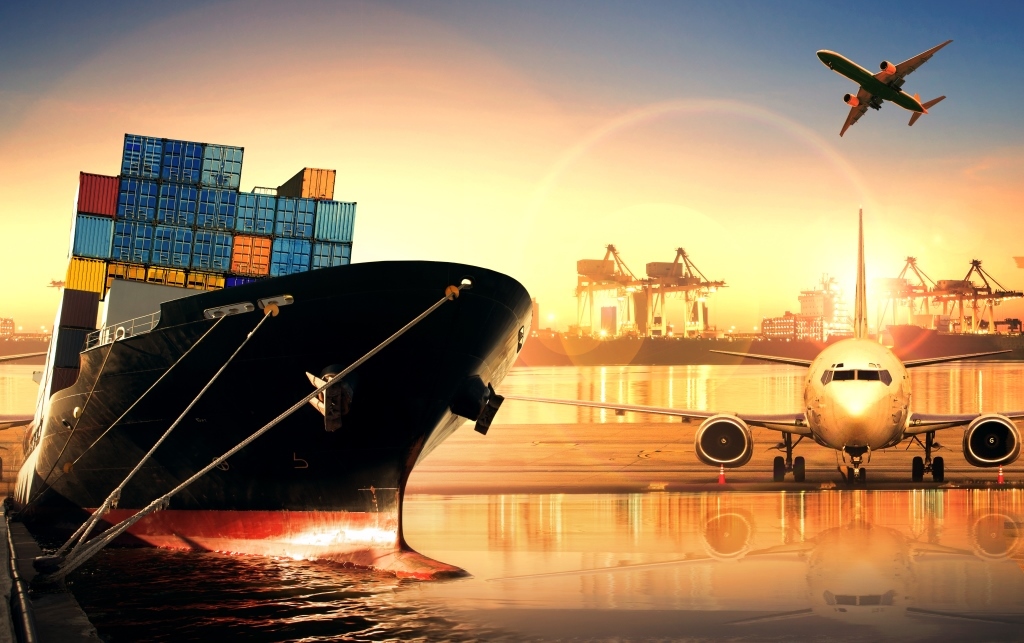DSV and K+N take differing approaches to job cuts during the Covid-19 crisis
19 / 05 / 2020

Photo: Shutterstock
In late April Copenhagen-headquartered DSV Panalpina announced that it would cut around 3,000 jobs as a result of the coronavirus outbreak and its impact on the market.
The logic to the move could be seen in the volume declines reported by many of the major forwarders – if you aren’t selling as much, reducing your cost base seems like a sensible move.
DSV Panalpina chief executive Jens Bjørn Andersen explained: “We acted swiftly already in the month of March when we came to the realisation that this was a very severe.
“We have always done what we could to reduce the cost base, to align it with the activity level.
“If the activity level goes up significantly, we will add cost and staff and when it goes down, unfortunately, it is necessary to also to adjust the cost base.
“This is not something we take very lightly. We have said this morning that in excess of 3,000 good loyal employees will have to leave the company, and this is something we do with a heavy heart.”
It was not just at DSV where job cuts were taking place as a result of the outbreak. A survey carried out by the US AirForwarders Association showed that 37.5% of respondents were making “selective cutbacks”, while 17.5% said they were making “significant but manageable” layoffs.
A further 25% had put a recruitment freeze in place.
However, there are also past examples showing that laying off staff during a crisis could affect a company’s ability to grow once the situation eases.
For example, after the global financial crisis it is thought that the forwarders that did not cut staffing numbers as heavily as some of their rivals were able to grab market share.
This time round government support packages also come into play and this influenced Kuehne+Nagel’s (K+N) decision to take a different approach to making redundancies.
K+N chief financial officer Markus Blanka-Graff explained: “We keep everybody, whatever everybody means in the context, and they go over short-term labour or anything like that where governments help the situation.
“When you believe that the recovery is going to be within the three to six month timeframe, you would actually be worse off in doing the layoffs and rehiring.
“When you believe that the situation is going to be much more longer and extended then, obviously, you’re right, but this option is still on the table.
“If the situation improves after three months then through the government support, we have the same cost effect, which means the cost reductions are there.”
K+N chief executive Detlef Trefzger added that customer service levels are also a consideration.
“We are confident that is the right approach, and especially our customer feedback,” said Trefzger.
“I have never seen so many complementary letters, e-mails, contacts with customers then what I have heard and seen over the last four weeks.
“We are operational… many of our peers have struggled and I am saying this with all respect, but that should help us to win volume in addition to the base volume that we have with our existing customers.”
The Airforwarders Association survey shows that many in the US are also accessing the government support scheme, with 75% of respondents saying they have applied for a federal financial assistance programme or are in the process of doing so.
Of those companies, 12.5% said the assistance would be enough to see them through the crisis, 53% said that “maybe” the schemes would be enough to navigate the crisis and 28% said it wouldn’t be enough but would help for a while.
On the prospect of losing market share due to layoffs, DSV Panalpina’s Andersen is not concerned, explaining the move is long term.
“When it comes to the cost cutting, I don’t necessarily see that we will be slow out of the crisis,” he said.
“What we are aiming to do is to achieve a permanent reduction in our cost base, and we will try everything we can for the beginning, at least, of a normalised situation to keep the cost level as it is and only slowly phase in new costs.”
He added: “We simply have new ways of working. We will take new technology into operations. And I think that we will be in a very, very strong situation if we manage to keep the cost base at this new low level in the market. And that should actually enable us to go out and actually gain market share once this crisis is over.”














